By Bob Difley
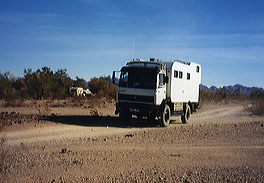 Last week in Desert Solitaire I said I would write about how to boondock in the desert, in both communal locations like Quartzsite, and in solitary sites under a lone desert willow. Either way, camping in the open desert on Bureau of Land Management (BLM) land, rather than in a designated campground, is what lures many snowbirds to the desert in winter. Most RVers call this camping boondocking, though in Quartzsite, you could end up even more crowded than in a hook-up campground. But the choice is yours. The options offered by boondocking allow for groups of friends to circle the wagons much like the early pioneers did on the Oregon Trail. Though the pioneers chose this method mainly to protect themselves from marauding Indians, today’s RVers seek social camaraderie instead, putting tables, chairs, and a communal campfire in the “hub” of the circled wagons. Here again, you can choose to camp in close to town and have neighbors, or move further out and have your group area all to yourselves, a definite advantage if you are nudists or practice strange rituals or ceremonies. Quartzsite RVers also can make the decision of choosing a dispersed campsite, which is essentially any open piece of desert land that fits your personal requirements, that is close to town–which will contain the most RVs–or one that is further away and therefore more solitary. A unique aspect of the Quartzsite area is that there are several hard compacted dirt roads leading off into the LTVAs as well as broad expanses of hard “desert pavement,” which resemble tile or cobblestone surfaces capable of supporting even the heaviest rigs. But it is still best to walk your selected site first to make sure it is solid and compacted. Camping in any of the seven LTVAs in California or Arizona costs $180 for the season, September through April, or $40 for two weeks. You can move between LTVAs within the time period. The other option is to avoid the designated LTVAs and find your own campsite. If you do, you will not have to pay the LTVA fees, though the BLM limits your camping period to two weeks, then you have to move at least 25 miles from your previous location. You can take your chances on staying longer but you risk getting a $50 ticket (maybe more since the last time I was ticketed). You have to be a little more careful with this type of camping as the roads, which receive lower use than those on the LTVAs, may not be as high quality, may have more exposed rocks or soft sandy spots, washouts, etc. so look ahead before you venture forward. Plenty of desert pavement spots are still available, though, and you will be able to find as solitary a campsite as you want, whether it be on a knoll with a long view of the distant mountains, or hidden in a grove of willow and mesquite trees. Next week, finding desert boondocking campsites outside of the Quartzsite area, in Southern California and Southwestern Arizona. Check out my ebook, Boondocking: Finding the Perfect Campsite on America’s Public Lands, on my Web site for the complete guide to boondocking.
Last week in Desert Solitaire I said I would write about how to boondock in the desert, in both communal locations like Quartzsite, and in solitary sites under a lone desert willow. Either way, camping in the open desert on Bureau of Land Management (BLM) land, rather than in a designated campground, is what lures many snowbirds to the desert in winter. Most RVers call this camping boondocking, though in Quartzsite, you could end up even more crowded than in a hook-up campground. But the choice is yours. The options offered by boondocking allow for groups of friends to circle the wagons much like the early pioneers did on the Oregon Trail. Though the pioneers chose this method mainly to protect themselves from marauding Indians, today’s RVers seek social camaraderie instead, putting tables, chairs, and a communal campfire in the “hub” of the circled wagons. Here again, you can choose to camp in close to town and have neighbors, or move further out and have your group area all to yourselves, a definite advantage if you are nudists or practice strange rituals or ceremonies. Quartzsite RVers also can make the decision of choosing a dispersed campsite, which is essentially any open piece of desert land that fits your personal requirements, that is close to town–which will contain the most RVs–or one that is further away and therefore more solitary. A unique aspect of the Quartzsite area is that there are several hard compacted dirt roads leading off into the LTVAs as well as broad expanses of hard “desert pavement,” which resemble tile or cobblestone surfaces capable of supporting even the heaviest rigs. But it is still best to walk your selected site first to make sure it is solid and compacted. Camping in any of the seven LTVAs in California or Arizona costs $180 for the season, September through April, or $40 for two weeks. You can move between LTVAs within the time period. The other option is to avoid the designated LTVAs and find your own campsite. If you do, you will not have to pay the LTVA fees, though the BLM limits your camping period to two weeks, then you have to move at least 25 miles from your previous location. You can take your chances on staying longer but you risk getting a $50 ticket (maybe more since the last time I was ticketed). You have to be a little more careful with this type of camping as the roads, which receive lower use than those on the LTVAs, may not be as high quality, may have more exposed rocks or soft sandy spots, washouts, etc. so look ahead before you venture forward. Plenty of desert pavement spots are still available, though, and you will be able to find as solitary a campsite as you want, whether it be on a knoll with a long view of the distant mountains, or hidden in a grove of willow and mesquite trees. Next week, finding desert boondocking campsites outside of the Quartzsite area, in Southern California and Southwestern Arizona. Check out my ebook, Boondocking: Finding the Perfect Campsite on America’s Public Lands, on my Web site for the complete guide to boondocking.
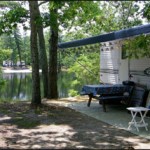


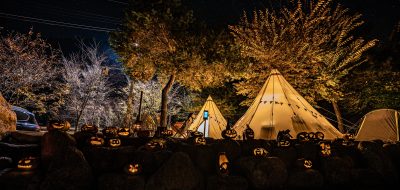
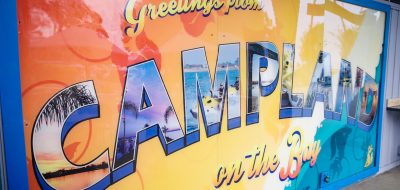
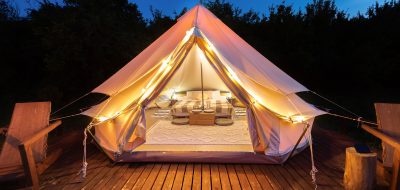
Robert Hazlett
Read Desert Solitaire II but can’t find a link to Desert Solitaire I. Did it get posted under a different title?
Charles
LTVA
Long Term Visitor Area
Robert Bassett
What does LTVA stand for?
Fred Maiser
Bob,
On August 5, 2009 I sent you a payment of $3.95 thru Google m/chCA auth#80047.
I was hoping for a copy of your Boondocking Book.
So far nothing.
I’ve emailed you before, but still nothing.
What’s up?
I’m still interested in the info.
[email protected]
GMAs
YOU GOT A TICKET… HMMM what he didn’t like you or something… most of the time the ranger rick guys will warn you and then never show up again to ticket you.
Did you know this guy?